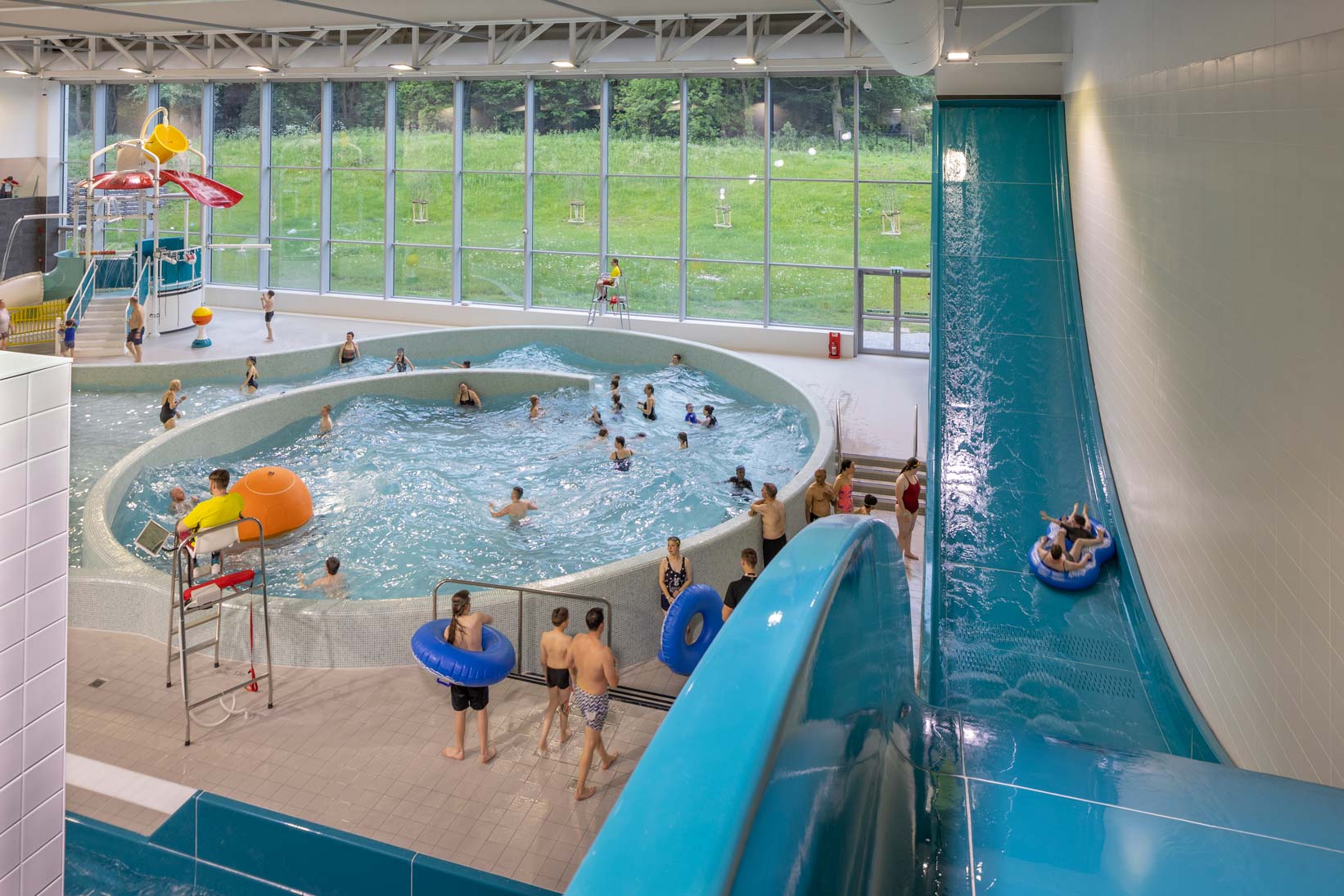
Services
Interactive air and water features – where it is intentional that bathers interact with the features – are all about fun and experiences in the wet environment.
Some interactive features will operate in deep water e.g. wave pools whereas a splashpad will have minimal standing water. They can be as simple as a public space with ground level water jets or complex as a waterpark with features for all age groups, from kiddies bubblers to wild river rapids.
At Devin we engineer safe feature and treatment systems, minimising the risks to the user.
Interactive water and air features can be grouped as follows:
There are essentially two types of water features, interactive and decorative.
Are ones where the bathers or users will physically interact with the features. The crucial issues here being that both the features and the associated water quality must be appropriate for bather interaction.
On the other hand are typically for aesthetic purposes only and bather interaction is not normally expected. However, in some cases bathers may be able to interact with a decorative feature, and this needs to be anticipated. In all situations decorative water features will require water treatment in order to maintain a visually attractive and safe water e.g. with regards to legionella.
The water quality should be to the same standard as swimming pool water. Where for example the feature water is a part of the pool e.g. a lazy river, then the water treatment will be as per the normal pool water treatment. On a feature such as a splashpad, where there is no pool as such, careful consideration needs to be given to the amount and types of treatment; on some features the designs should be such that only treated water is used to supply the features.
Leisure pools are normally a freeform water area with a number of water and air features to appeal to a broad spectrum of users; features typically include:
Splashpads and associated features can form a part of a leisure pool or could be a standalone interactive water feature, either indoors or outdoors.
A key detail for splashpads is that they may have no standing water and are often described as ‘zero depth pools’. Water features are highly interactive and will include water sprays and jets of many varieties, floor geysers, cannons, waterfalls, cascades, animal features, tipping buckets etc.
Splashpads may also include play structures with stair access to platforms at different levels, each with their own water features. Plaza water features – jets of water emanating from the ground – are similar in principle to splashpad features.
Water play structures within a waterpark offer an immersive environment in which to interact with different types of water jets, sprays and cascades.
In a spa pool setting, the main purpose of water and air features is therapy and relaxation usually for adults.
There are many types of spa pools, and the names used are often interchangeable. A spa pool could be a small 2.0m diameter pool with some massage jets or much larger with a range of water and air features. Pool types typically includes vitality pool, hydrotherapy pool, plunge pool, Jacuzzi (a trade name), Watsu pool, Kneipp walk pool.
In an ideal spa, bathers should be taken on a journey whereby many parts of the body receive some form of water and/or air therapy or treatment. Water and air features can include the following:
There are many ride types, from the slow and gentle for small children to the high octane rides for the thrill seeking teenagers and adults.
At the gentle end of the spectrum, flumes will be relatively short, will typically have a shallow slope and be ridden without a tyre/tube. The more exciting rides can have slopes verging on the vertical, may be ridden on tyres for multiple persons and may have varying ride profiles along the way. While most rides are downhill, some have water flowing uphill, powered by powerful water jets. Most rides will terminate in runouts.
There are three key elements to every ride – the access which is normally by the architect, the ride itself by a ride manufacturer and the ride hydraulics, getting the water to and from the ride. The ride hydraulics can be quite complex. A river rapids for example will typically require some 3,000m3/hr of water to be supplied to the ride and then at the end transferred to the holding tank.
There are some Standards and Guidelines that govern how interactive water and air features are designed:
There is also a specific standard for flumes: